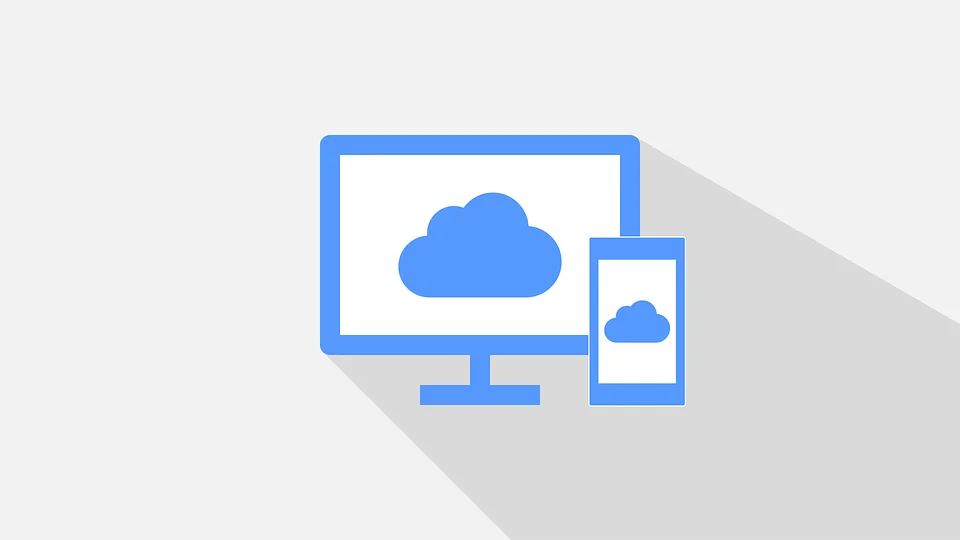organizations face the ever-increasing challenge of maintaining robust and secure cloud environments. In this era of advanced technology and interconnected systems, the importance of effective {cloud monitoring} cannot be overstated.
By proactively monitoring and managing cloud resources, businesses can optimize performance, enhance security, and ensure seamless operations. Join us as we delve into the depths of {cloud monitoring} and uncover its significance in today’s fast-paced digital world.
The Pros and Cons of {Cloud Monitoring}
Advantages of {Cloud Monitoring}
✅ Enhanced Performance Optimization: With {cloud monitoring}, organizations gain real-time insights into the performance of their cloud infrastructure. By monitoring key metrics such as CPU utilization, memory usage, and network traffic, businesses can identify bottlenecks, optimize resource allocation, and ensure smooth operations.
✅ Improved Security and Compliance: In an era where data breaches and cyber threats are prevalent, {cloud monitoring} plays a pivotal role in maintaining robust security measures. By monitoring network traffic, detecting anomalies, and implementing intrusion detection systems, businesses can fortify their cloud environments and ensure compliance with data protection regulations.
✅ Cost Optimization: Cloud resources come with associated costs, and efficient {cloud monitoring} enables organizations to optimize their expenditure. By monitoring resource utilization, identifying idle or underutilized resources, and implementing cost-saving measures, businesses can streamline their cloud spending and maximize their return on investment.
✅ Scalability and Flexibility: Cloud monitoring provides organizations with valuable insights into resource usage patterns, allowing them to scale their infrastructure as needed. By closely monitoring workload trends and user demands, businesses can make data-driven decisions regarding resource allocation, thereby ensuring optimal performance and seamless scalability.
✅ Proactive Issue Detection and Mitigation: {Cloud monitoring} empowers businesses to detect issues and potential bottlenecks before they escalate into critical problems. By setting up automated alerts and monitoring key performance indicators, organizations can proactively address issues, minimize downtime, and ensure uninterrupted operations.
✅ Performance Optimization for End Users: With {cloud monitoring}, businesses can monitor the end-user experience and ensure high levels of customer satisfaction. By monitoring response times, page loading speeds, and other user-centric metrics, organizations can identify and rectify performance issues, leading to improved customer loyalty and retention.
✅ Enhanced Business Continuity and Disaster Recovery: {Cloud monitoring} plays a crucial role in maintaining business continuity and facilitating swift disaster recovery. By monitoring backups, replication, and failover systems, organizations can ensure data redundancy, minimize downtime, and swiftly recover from potential disruptions.
Disadvantages of {Cloud Monitoring}
⛔ Overhead and Complexity: Implementing a comprehensive {cloud monitoring} solution can involve additional overhead and complexity. Organizations need to invest in monitoring tools, train personnel, and set up monitoring infrastructure, which can be time-consuming and resource-intensive.
⛔ False Positives and Alert Fatigue: Without proper configuration and tuning, {cloud monitoring} systems may generate false positive alerts, leading to alert fatigue among IT personnel. Sorting through a barrage of alerts can be time-consuming and may result in legitimate issues being overlooked.
⛔ Data Security and Privacy Concerns: While {cloud monitoring} provides valuable insights, organizations need to be cautious about the security and privacy of monitoring data. Proper encryption, access controls, and data anonymization must be in place to protect sensitive information from unauthorized access.
⛔ Integration Challenges: Organizations with complex IT infrastructures may face challenges when integrating various monitoring tools and systems. Ensuring seamless integration and compatibility across different cloud providers, on-premises systems, and third-party applications can be a complex task.
⛔ Cost Considerations: While {cloud monitoring} can optimize costs in the long run, there may be initial expenses associated with setting up monitoring infrastructure, training personnel, and acquiring monitoring tools. Organizations need to carefully assess the costs and benefits before embarking on a {cloud monitoring} journey.
⛔ Learning Curve: Adopting and implementing {cloud monitoring} practices may require personnel to acquire new skills and knowledge. The learning curve can be steep, particularly for organizations transitioning from traditional IT environments to cloud-based architectures.
⛔ Limited Control in Public Cloud Environments: When utilizing public cloud services, organizations may have limited control over the monitoring infrastructure and tools. Reliance on the cloud service provider’s monitoring capabilities may restrict customization options and limit the granularity of monitoring data.
{Cloud Monitoring} in Detail: Key Metrics, Tools, and Best Practices
Frequently Asked Questions (FAQs) about {Cloud Monitoring}
1. How does {cloud monitoring} differ from traditional monitoring methods?
⭐️ Traditional monitoring methods typically focus on on-premises infrastructure, whereas {cloud monitoring} encompasses monitoring cloud-based resources and services. Additionally, {cloud monitoring} often leverages specialized tools and techniques to handle the unique challenges of cloud environments.
2. What are some popular {cloud monitoring} tools available in the market?
⭐️ Some popular {cloud monitoring} tools include Amazon CloudWatch, Google Cloud Monitoring, Microsoft Azure Monitor, Datadog, New Relic, and Nagios.
